Today’s release of Warner Herzog’s The Bad Lieutenant has reminded me about two things: (1) How spiritually powerful the original film is, and (2)  How moral rigidity keeps us from appreciating such films.
How moral rigidity keeps us from appreciating such films.
Abel Ferrara’s, The Bad Lieutenant, was released in 1992 to an NC-17 rating. And for the record, it earns every bit of it. Harvey Kietel plays the tortured lead character — a police lieutenant embroiled in gambling debts, drug addiction, bribery, and prostitution. Sicko, perv, and reprobate, are just a few of the words that come to mind regarding this man. But, believe or not, he knows it, and is in serious search of forgiveness. What follows is a shockingly realistic expression of one man’s redemptive struggle.
What triggers the lieutenant’s spiritual confliction is a crime committed in his jurisdiction — a crime that is unimaginable and heinous, even to one as vile as him. A young nun is raped. His investigation forces him to confront  his own depravity and the incredible possibility of forgiveness in the midst of such horrific evil. But it is not the nun’s rape that pushes the lieutenant to the brink, it is her forgiveness of the perpetrators. They are sinners in need of mercy, she says. Just like the rest of us. Thus the nun does not want her rapists arrested and jailed — she wants the case dropped. This act of grace stuns, angers, and ultimately saves the bad lieutenant. How?
his own depravity and the incredible possibility of forgiveness in the midst of such horrific evil. But it is not the nun’s rape that pushes the lieutenant to the brink, it is her forgiveness of the perpetrators. They are sinners in need of mercy, she says. Just like the rest of us. Thus the nun does not want her rapists arrested and jailed — she wants the case dropped. This act of grace stuns, angers, and ultimately saves the bad lieutenant. How?
***spoiler alert***
After capturing the rapists and resisting the urge to kill them himself, the bad lieutenant surrenders to grace and mercy, buys them a one way bus ticket out of town and demands they never return. Shortly after he releases these criminals, he is executed for an unpaid gambling debt.
***end***
During the film’s climax, the bad lieutenant has a vision of Christ at the altar of the nun’s church. He sobs and begs for forgiveness: “I tried to do the right thing, but I’m so f*cking weak!” Then the bad lieutenant crawls to Jesus and kisses his feet.
Keitel said this about his role as the bad lieutenant,
I wanted to play this part because I have a deep desire to know God. Knowing God isn’t just a matter of going to confession and praying. We also know God by confronting evil, and this character gave me the opportunity to descend into the most painful part of myself and learn about the dark places.
“Knowing God” and descending into “the dark places” of our hearts seems incongruous. As a result, many Christian artists, while touting God’s ability to save anyone, tend to sanitize depictions of the process. We say that God can save people from “the dark places” — we just don’t want to show “the dark places.” However, one of the reasons that The Passion of the Christ was so powerful was because it actually showed the savagery of the crucifixion. Its R-rating was both justified and necessary to the film’s dramatic edge. Why is it then that Christian writers, publishers and filmmakers have such a hard time with graphic depictions of “grace in the dark places”?
The early reviews are good for Herzog’s remake. At the center of both films is a very bad man who is also very conflicted. But from the reviews I’ve read, it is unclear whether Herzog has retained the spiritual thread that made the first film so powerful. I hope he has.


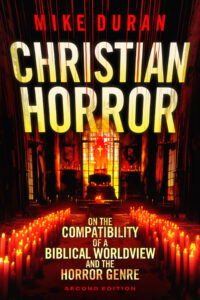
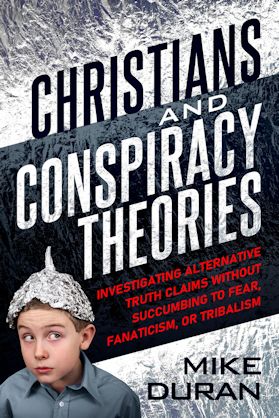
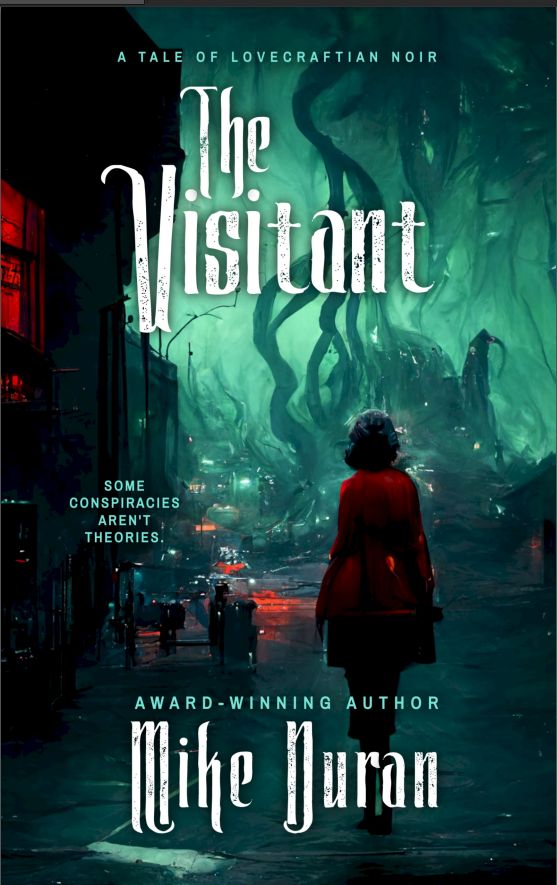


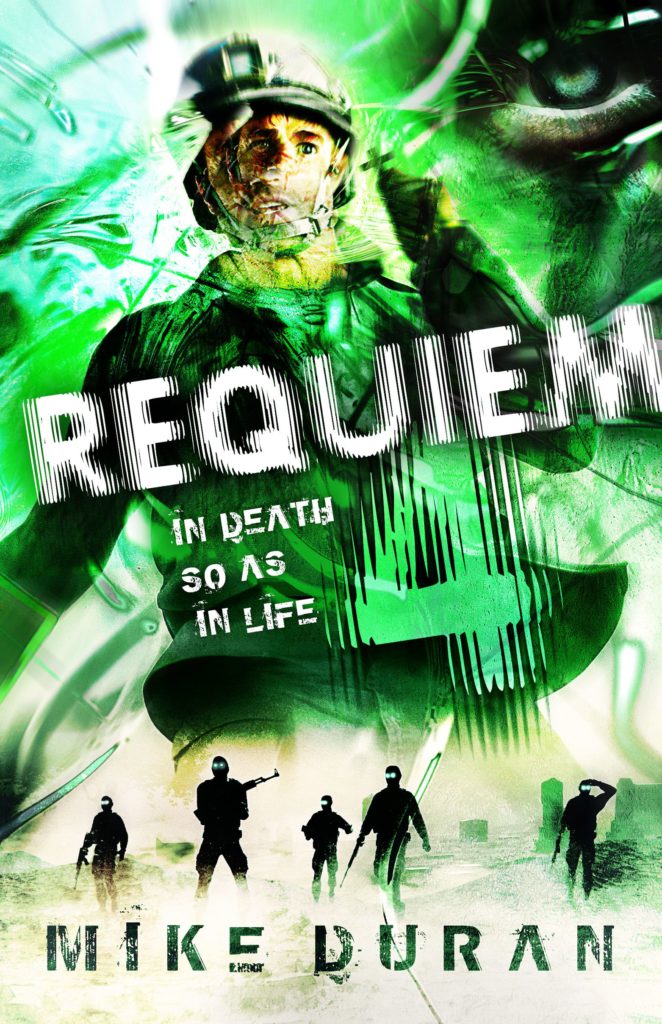

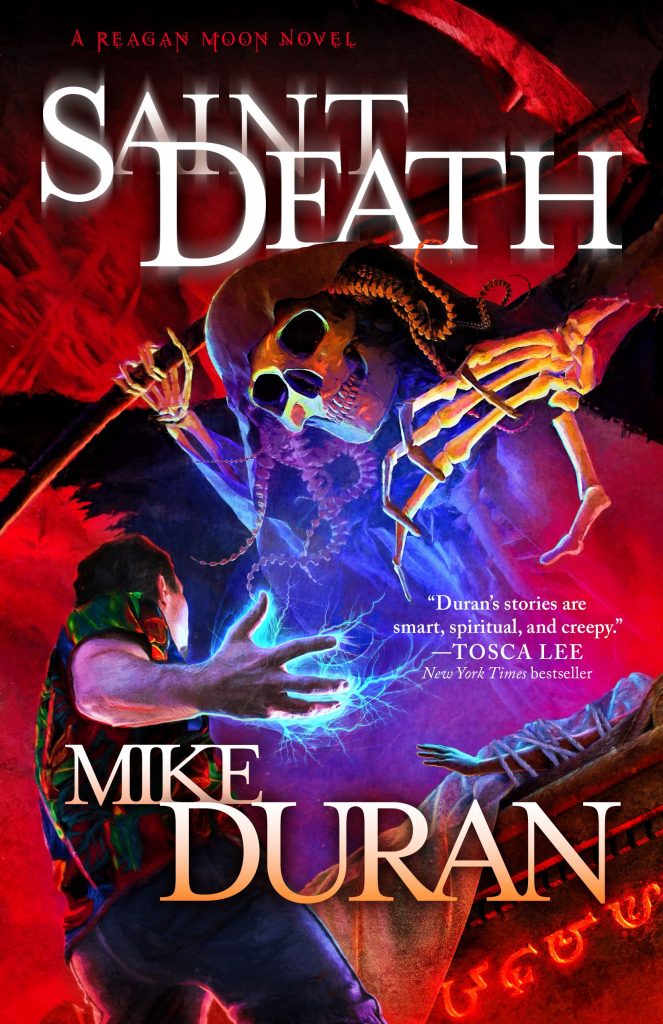



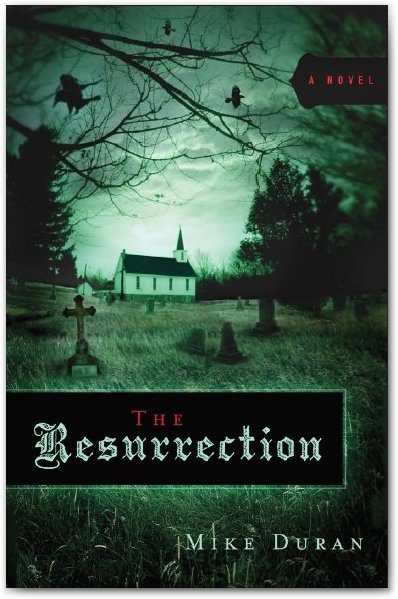
I am glad that you have finally given us a post on Christians showing us grace in dark places. This is something I aspire to do without divulging into too many dark areas.
I didn't see the original film, Mike, but it sounds powerful. This comment concerns me about the remake: "But from the reviews I’ve read, it is unclear whether Herzog has retained the spiritual thread that made the first film so powerful. I hope he has." Without the genuine spiritual thread what good is the message. It's just another film about how bad we are inside and often outside without remedy.
Your question "Why is it then that Christian writers, publishers and filmmakers have such a hard time with graphic depictions of 'grace in the dark places'? is too generalized because several Christian writers (i.e. Francine Rivers, Lisa Samson) don't have difficulty with this task. I do think it's far more evident in so-called Christian filmmaking which is a shame.
I would offer this one possibility why there can be reason for conflict with some artists of faith, and that would be they're not sure if they can do it successfully without somehow "glorifying" those dark places in their depictions. Just a thought.
Couple of responses, Nicole.
You said, "Without the genuine spiritual thread what good is the message." I'd counter that the message that humans are terribly flawed and conflicted is a legitimate "spiritual thread." Unless you believe that a clear, full, articulation of the Gospel is the only "genuine spiritual thread," we must allow for incomplete — albeit true — expressions.
Secondly, although I haven't read the authors you referenced, my guess is that they adhere to CBA rules. In other words, they are far from R-rated. To the point: It's one thing to talk about graphic reality, it's another thing to show it. Christian authors, as far as I can tell, are far more willing to talk about gritty realism than actually write it.
As always, I appreciate your comments!
Just to let you know, Mike, in Redeeming Love (the book) by Francine Rivers there is child rape, the crude abortion of a young teen sold into prostitution, the rape of a prostitute. In The Passion of Mary-Margaret by Lisa Samson the Sister is told by the Lord to marry a sphyllitic man who has previously participated in homosexual prostitution and was raped as a young boy by his mother. Doesn't get much more gritty than these stories. Redeeming Love is still a bestseller, and I believe it came out in the 80s.
I think the "spiritual thread" of displaying the ugliness of mankind without some kind of acknowledgement of the redemption available is just another typical Hollywood story. Not saying it can't be told well or even powerfully, but that "message" is incomplete and overdone. The presentation of the "full gospel" isn't as necessary as presenting the possibility of its truth in a powerful and meaningful way.